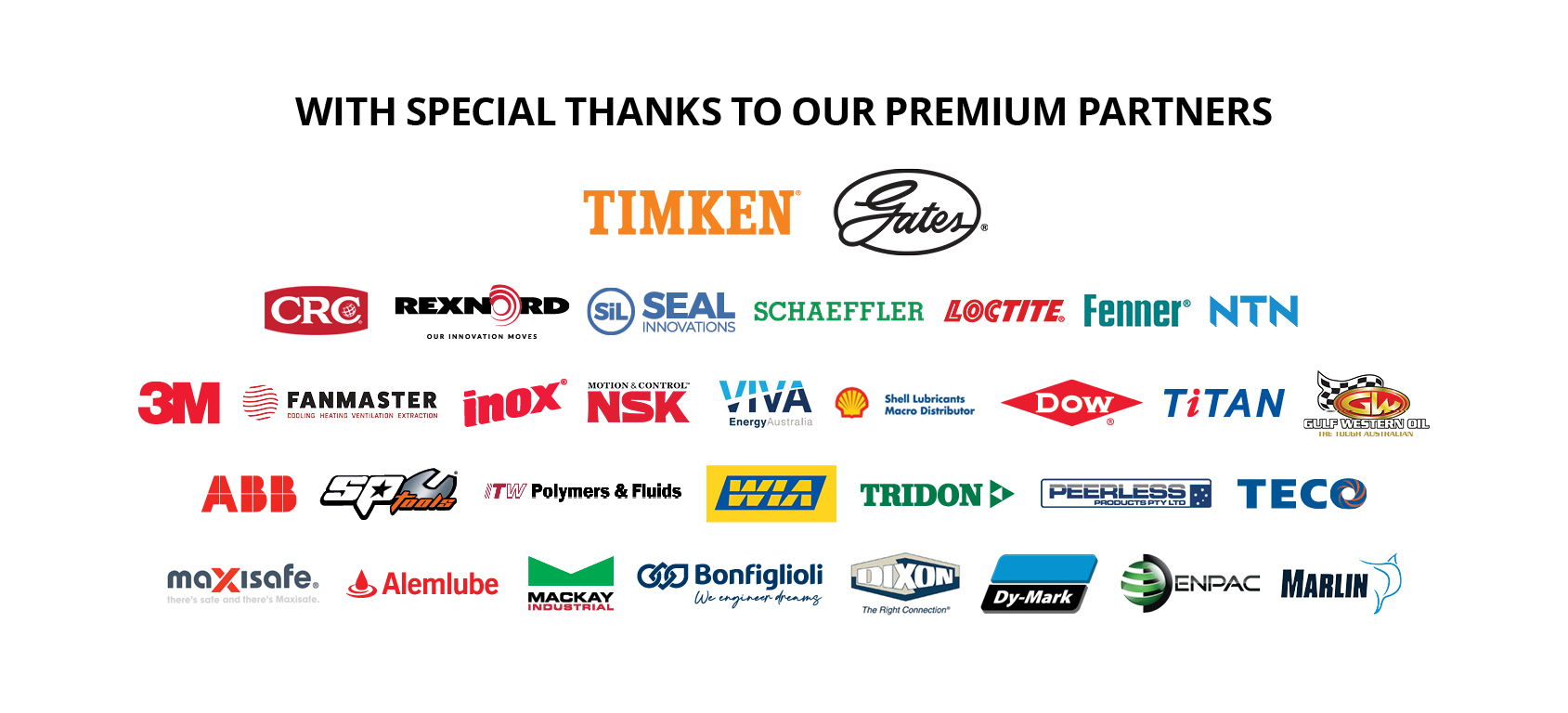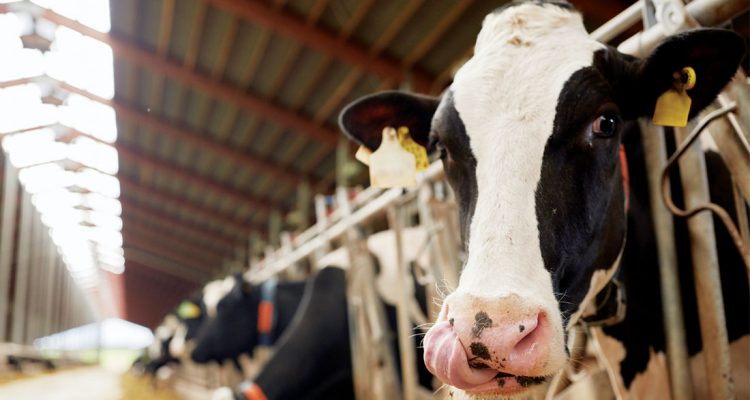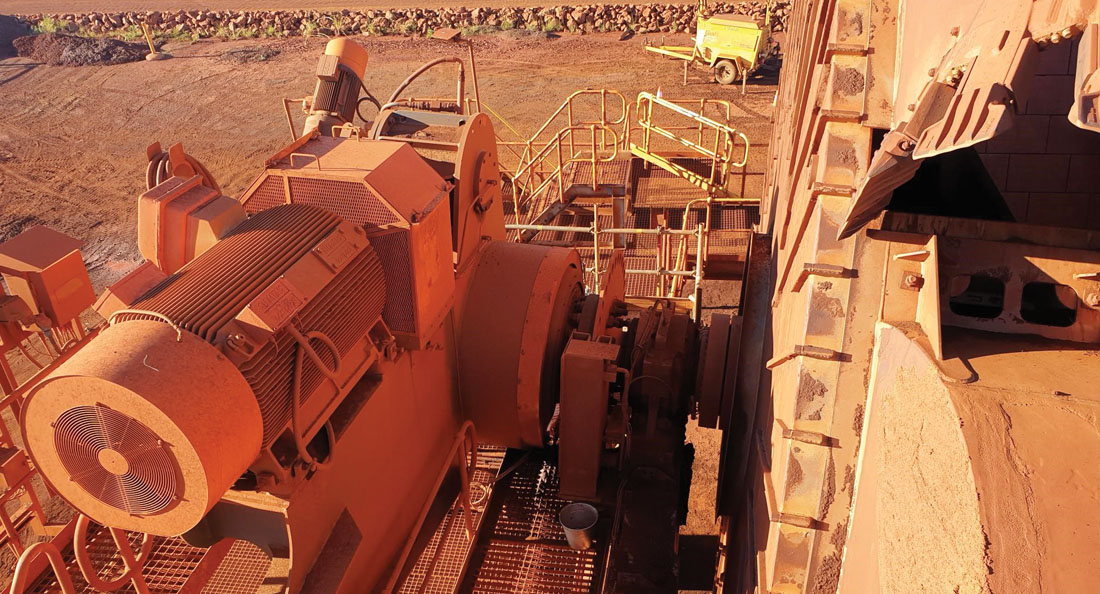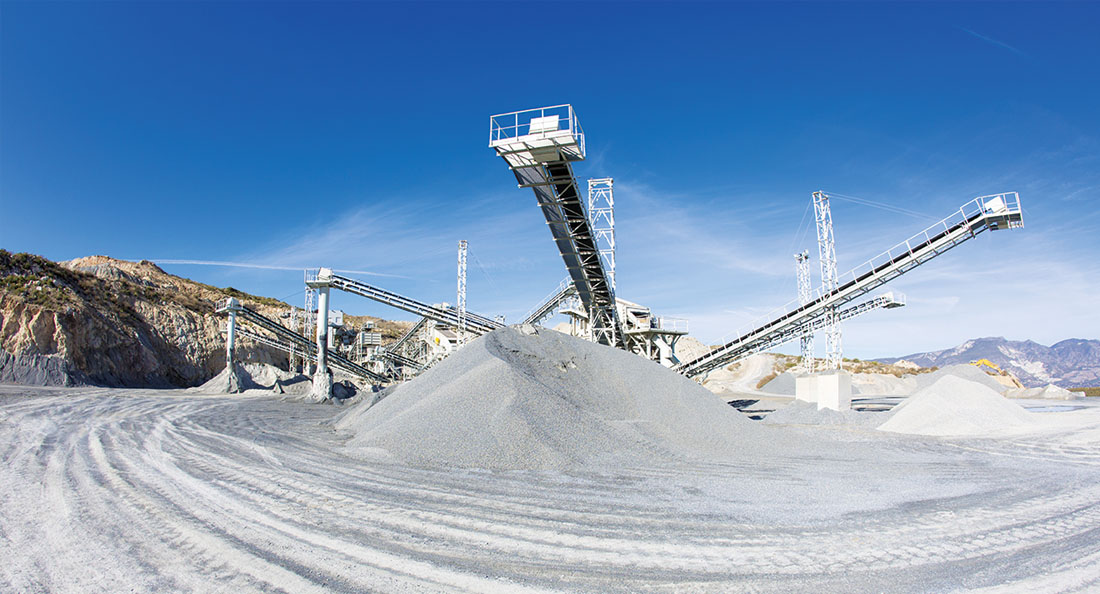Australia’s dairy industry is one of the country’s shining export lights. This is because it’s a trusted food source for many countries around the world, which is due to many reasons, one being the stringent standards under which local dairy products are processed and manufactured.
Conveyors play a huge part in making sure products get to market in a timely manner, with throughput being important, and therefore maintenance being a key driver in making sure everything is running smoothly.
A major component in any conveyor system are the bearings that help it run. However, issues arise because the maintenance requirements in dairy factories can affect the structure of the bearings, due to the stringent safety and health standards required.
A lot of conveyor bearings are of the standard grease variety. In other words, the grease that allows the bearings to operate is exposed to the elements, and when they get washed during the cleaning process, the grease gets compromised and the bearings need frequent replacement.
Martin Atkins is currently the engineering manager for Kyvalley Dairy Group. More recently, he worked for one of the bigger dairy companies in Australia and was responsible for that company switching to NTN solid grease bearings – for a number of reasons.
“Where I used to work was a high-moisture area whereby we used stainless-steel bearings. They were washed with a high-pressure hose every day,” he said. “There were about 150 of them on the conveyor belt we used, and we had to change them out very regularly because the water would ruin the bearings.”
Atkins then spoke to one of the account managers at CBC who put him onto NTN’s range of solid-grease bearings. He tried a few on specific conveyors and said they outlasted the other bearings by at least five times.
“We ended up transitioning all the bearings over to the new type,” said Atkins.
And while the new bearings were more expensive, Atkins said the return on investment for those used on the conveyor are not just better monetarily in the long term, but had other benefits, too.
“Sure, the new bearings are more expensive, but they save massively on labour costs,” he said. “We no longer have to constantly change them out. We used to have one person tied up every weekend changing out bearings. It would be a three-month process from when we’d change out the first bearing on the conveyor chain until we replaced the last. Then we would start it all over again from the beginning.”
Each bearing is now changed every two years instead of three months.
“Initially I ran one for a year then I went to pull it out. It was fine. We put it back in and ran it for another year,” he said. “Then we decided to change the bearings out every two years. It was planned maintenance as opposed to there actually being anything wrong with the bearing itself. I was concerned that if the bearing did fail, there were a lot of other things that would have to get replaced. However, it was still a massive savings for us in labour costs.
“With the new system I don’t have somebody working on the bearings every week. This gave us time to do other work that needed doing and we could also cut down on contract labour. We would much prefer to use our own labour because contract labour is more expensive. And you also have to train guys up; take them to the job and explain it to them, so that is yet another person who is tied up when they could be doing something else.”
The company that he worked for also used aerators at the effluent farm that was attached to the dairy factory. He found the new bearings were suited for this environment as well.
“When we were out on the aerators on the farm – you’d have to go out on a row boat – we’d have to go out and grease the old bearings,” he said. “Once we put the new ones on, we didn’t have to do anything. These ones are self-lubricating. They are much, much better for us.”




